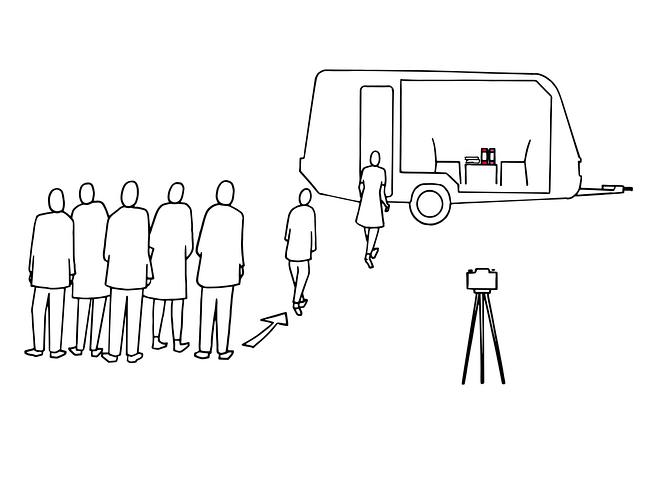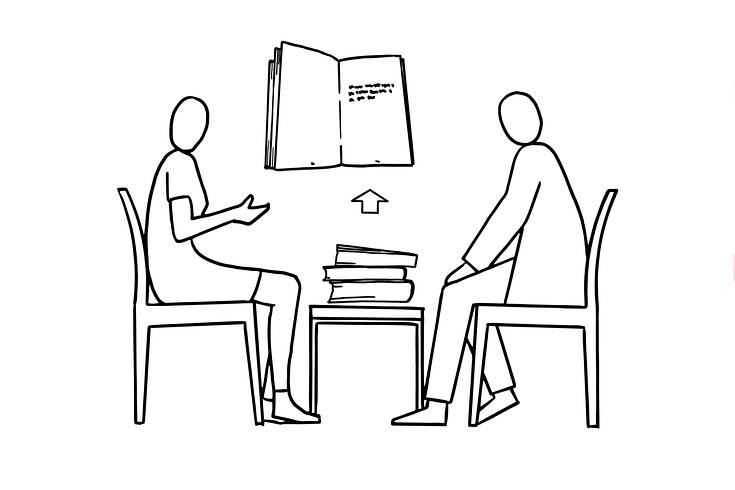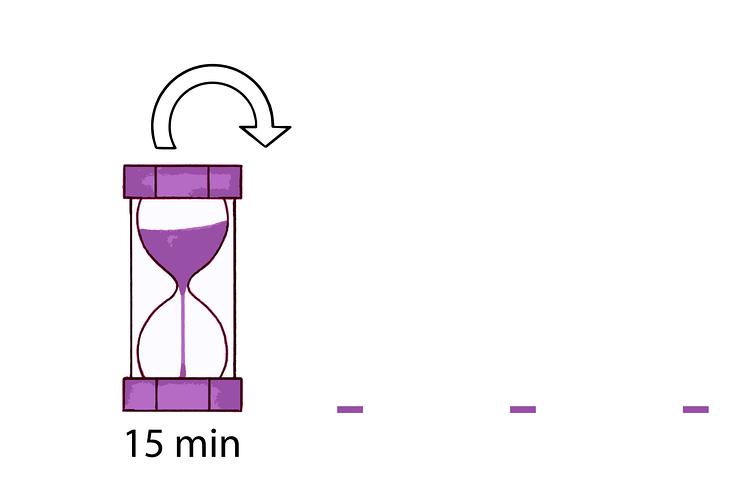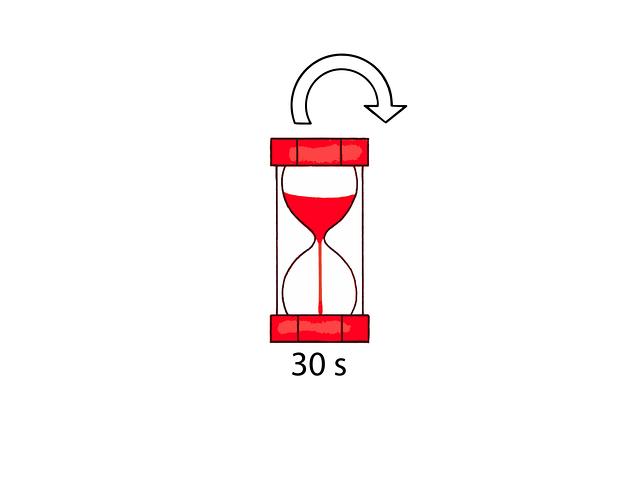Instructions for Dialogues with two
1. Two participants sit opposite each other for a dialogue. They may already know each other, or they may be meeting for the first time.
2. A purple sand-glass indicates the initial dialogue time of 15 minutes. The sand-glass may be turned a second time to extend the duration of the dialogue by another 15 minutes.
3. One person listens while the other talks. When the roles change there are 30 seconds of silence, indicated by the red sand-glass. This thirty second silence is to enable participants to become aware of the echo of what has been said and how it has affected them.
4. Each time one of the participants turns the red sand-glass the roles change. This may happen at any time and any number of times.
5. The dialogue starts when the person who would like to listen first turns both sand-glasses. The first 30 seconds are silent. The other participant then begins to speak.
6. The theme of the dialogue may be agreed upon by participants beforehand or it may be randomly generated at the start of the dialogue using books or picture cards.
You could pay attention to:
AS LISTENER YOU MIGHT
take up what the speaker says with a silent 'ah! Ah, that's what he means, that's what he thinks, that's his idea...' and you might silently say ‘ah‘ with regard to your own response to what you've heard... 'Ah, while I was listening I had the thought; the idea... was inspired ...' You might do this in silence. Observation of your own responses to what's said is part of the listening process.
AS TALKER YOU MIGHT
start your time sharing something that emerged while you were listening, a thought, an idea, an insight ... and then carry on. You might pause, stray from the dialogue's theme or change the subject altogether.
Simple instructions are supplied by giving a small card to each participant.
*Graphics on this page by Franz Willy Rellmann.








